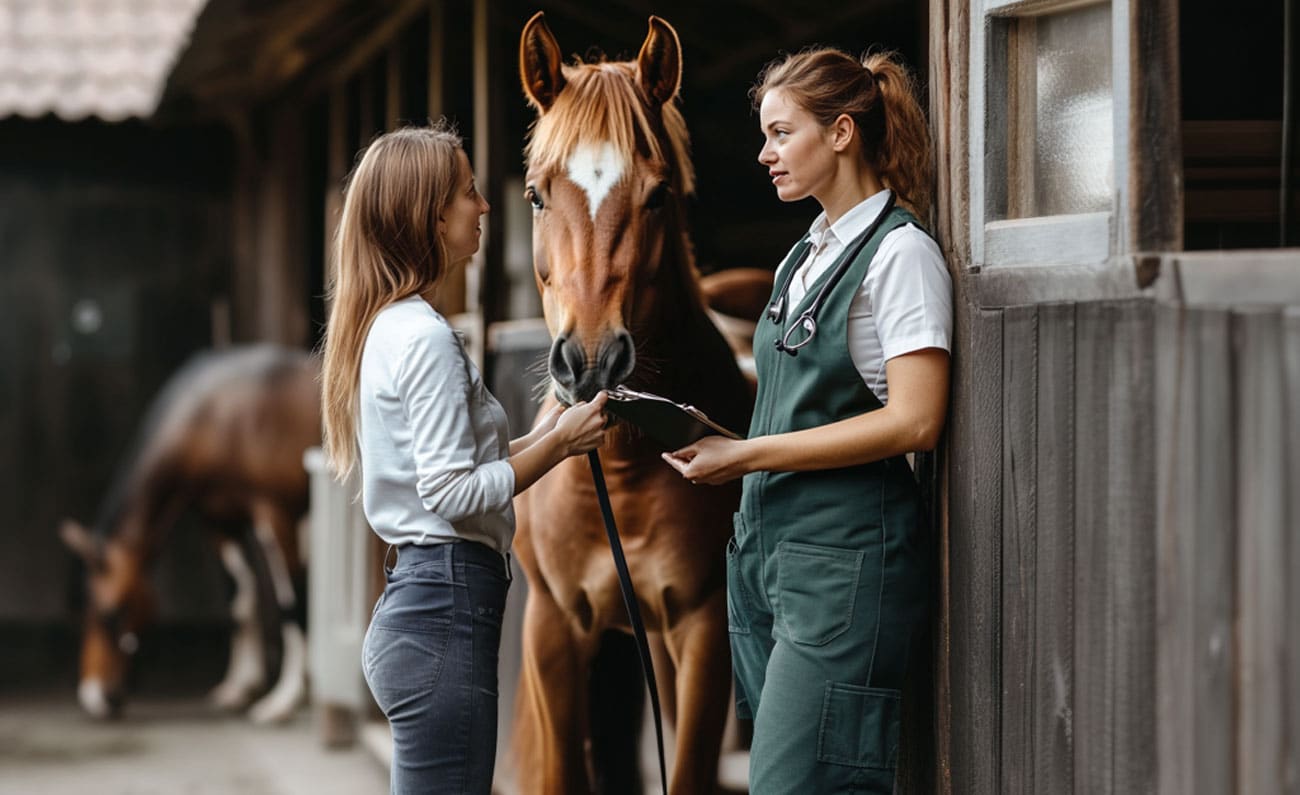
The Importance of Horse Nutrition: How Supplements like Oils Enhance Topline and Coat Health
Proper nutrition is the cornerstone of equine health. Whether you’re managing a performance horse, a leisure trail horse, or a senior companion, understanding the role of nutrition in their overall well-being is crucial. Among the various aspects of equine nutrition, the use of dietary supplements, particularly oils, has gained popularity for their ability to enhance a horse’s topline and coat health. In this blog post, we’ll delve into the fundamentals of horse nutrition, the importance of a balanced diet, and how supplements can make a significant difference in your horse’s appearance and performance.
Understanding Basic Horse Nutrition
Horses are herbivores with a digestive system uniquely adapted to processing large amounts of fibrous plant material. Their diet in the wild would primarily consist of grasses and other forages, which provide essential nutrients such as fiber, vitamins, and minerals. However, domesticated horses often have dietary needs that go beyond what forage alone can provide, especially when their workload increases or they have specific health goals, like improving their topline or coat.
A balanced equine diet typically includes:
- Forage: The foundation of any horse’s diet, high-quality hay or pasture provides essential fiber for digestion, as well as necessary vitamins and minerals.
- Concentrates: Grains or commercial feed mixes are often added to provide additional energy, particularly for performance horses or those with higher caloric needs.
- Supplements: These are added to the diet to address specific deficiencies or enhance certain aspects of health, such as joint support, digestive health, or, as we’ll focus on today, coat and muscle development.
The Role of Supplements in Horse Nutrition
Supplements are concentrated sources of specific nutrients that can fill gaps in your horse’s diet or support particular health outcomes. While the idea of supplementing a horse’s diet might seem simple, it requires careful consideration to ensure that the supplements are appropriate for the horse’s needs and that they complement the overall diet without causing imbalances.
Why Supplement?
- Increased Nutritional Demands: Horses with higher activity levels, such as competition horses, require more energy and nutrients than what forage alone can provide.
- Targeted Health Goals: Supplements can address specific areas like joint health, digestion, or, as we’re focusing on, the condition of a horse’s topline and coat.
- Age and Health Considerations: Senior horses or those recovering from illness or injury might need additional nutritional support to maintain their health.
The Power of Oils: Enhancing Topline and Coat Health
Oils are one of the most popular supplements used in equine nutrition due to their high-calorie content, palatability, and health benefits. They are particularly effective in improving the condition of a horse’s topline and coat.
Types of Oils Commonly Used in Equine Nutrition:
- Vegetable Oils: Soybean, corn, and canola oils are common in horse feeds. They are affordable and provide a good source of calories.
- Rice Bran Oil: Known for its ability to promote weight gain and muscle development.
- Coconut Oil: Offers a unique fatty acid profile that supports healthy skin and coat.
- Flaxseed Oil: Rich in omega-3 fatty acids, this oil is excellent for promoting a shiny coat and reducing inflammation.
- Fish Oil: Also high in omega-3s, fish oil can be used for its anti-inflammatory properties and its ability to enhance coat health.
How Oils Benefit Topline Development: The topline refers to the muscles that run along a horse’s back from the neck to the croup. A well-developed topline is essential for performance, as it supports the rider and allows the horse to move efficiently. Oils contribute to topline development in the following ways:
- Caloric Density: Oils are energy-dense, providing more calories per gram than carbohydrates or proteins. This makes them an excellent source of additional energy for horses that need to build or maintain muscle mass, particularly along the topline.
- Slow Energy Release: The fats in oils are metabolized slowly, providing a steady source of energy without the spikes in blood sugar that can come from high-starch feeds. This slow-release energy is ideal for promoting muscle endurance and development over time.
How Oils Enhance Coat Health: A shiny, healthy coat is often a sign of good overall health, and oils can play a significant role in achieving this:
- Omega Fatty Acids: Oils like flaxseed and fish oil are rich in omega-3 and omega-6 fatty acids, which are crucial for skin health. These fatty acids help maintain the integrity of cell membranes, reducing dry, flaky skin and promoting a glossy coat.
- Anti-Inflammatory Properties: Omega-3 fatty acids, in particular, have anti-inflammatory effects, which can help reduce skin conditions that cause itching and hair loss.
- Improved Fat Absorption: Oils help with the absorption of fat-soluble vitamins (A, D, E, and K) that are essential for skin and coat health. Vitamin E, for example, is a powerful antioxidant that supports healthy skin.
Incorporating Oils into Your Horse’s Diet
When adding oils to your horse’s diet, it’s important to do so gradually to avoid digestive upset. Start with a small amount and increase slowly over a few weeks until you reach the desired level. The amount of oil you add will depend on your horse’s size, activity level, and specific health goals. Always consult with a veterinarian or equine nutritionist before making significant changes to your horse’s diet.
Recommended Feeding Guidelines:
- Start with 1-2 ounces of oil per day and gradually increase to a maximum of 1 cup per day for an average-sized horse.
- Monitor your horse’s weight and adjust the amount of oil accordingly to prevent unwanted weight gain.
- Ensure that your horse’s overall diet remains balanced, and avoid exceeding recommended levels of certain nutrients, particularly if feeding multiple supplements.
Conclusion
Horse nutrition is a complex and vital aspect of equine care. By understanding the role of supplements like oils, you can enhance your horse’s topline and coat health, contributing to their overall well-being. Remember that each horse is unique, and their nutritional needs will vary based on factors like age, activity level, and health status. With the right approach, you can help your horse achieve and maintain a healthy, shiny coat and a strong, well-developed topline.
Regular consultation with your veterinarian and an equine nutritionist can help ensure that your horse’s diet is optimally balanced, allowing them to look and feel their best.


